CONSISTENT, INNOVATIVE APPROACHES
The secret behind the rapid growth of China's green land lies in its systematic approach to land greening, which focuses on creating a spatial configuration for green development and implementing key projects for green land conservation across the country.
It has drawn redlines for identified protected areas (PAs), areas that are ecologically vital and vulnerable but not included in PAs, and areas with important potential ecological value, to facilitate the recovery of the ecosystems and increase their carbon sequestration capacity.
China was the first globally to propose and implement the red line strategy for ecological conservation, an important institutional innovation in its land-use planning and eco-environmental reform.
By the end of 2020, the country had established 474 national nature reserves, which accounted for more than a tenth of its landmass.
Since the first nature reserve was set up in 1956, China has established close to 10,000 PAs of all types and at all levels, accounting for about 18 percent of its total land area.
In recent years, the country has built a PA system with national parks as the mainstay, supported by nature reserves and supplemented by nature parks.
China has established its first five national parks as part of its efforts to integrate and optimize nature reserves.
The country's "Drawing a 'Red Line' for Ecological Protection to Mitigate and Adapt to Climate Change" proposal has been selected by the United Nations as one of the 15 best Nature-based Solutions around the globe.
The coordinated conservation of mountains, rivers, forests, farmlands, lakes, grasslands and deserts has also been an important part of China's campaign for green land protection.
Key projects have been promoted in the country's move toward large-scale land afforestation, including the Three-North Shelterbelt Forest Program, the protection of forests along the Yangtze River and black earth in the northeastern regions, as well as the control of the sources of dust storms affecting the cities of Beijing and Tianjin.
China has implemented major ecological conservation and restoration projects in seven key areas, and supported 25 trials to conserve and restore mountain, river, forest, farmland, lake, and grassland ecosystems.
The country has also enacted the Master Plan on Major Projects for the Conservation and Restoration of National Key Ecosystems (2021-2035), specifying an overall conservation configuration for the new era composed of the Three Eco-zones and Four Shelterbelts -- the Qinghai-Tibet Plateau Eco-zone, the Yellow River Eco-zone, the Yangtze River Eco-zone, the Northeast Shelterbelt, the North Shelterbelt, the South Shelterbelt, and the Coastal Shelterbelt.













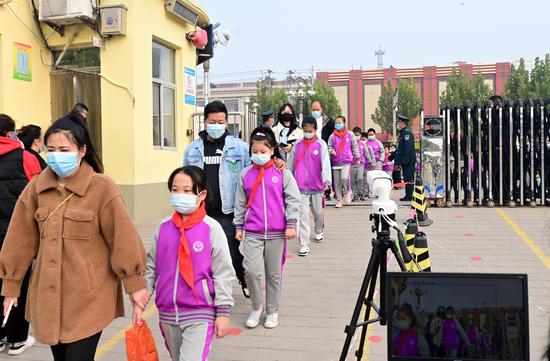


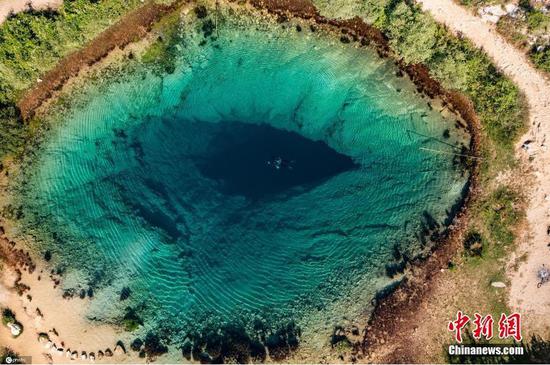




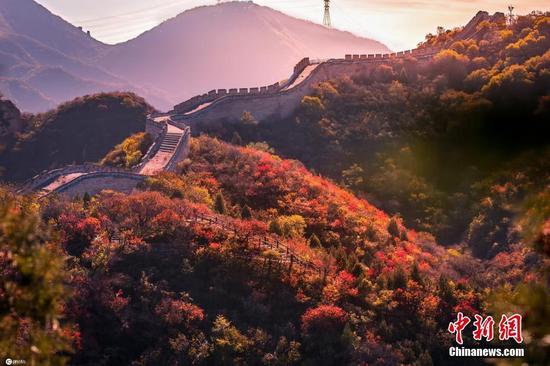

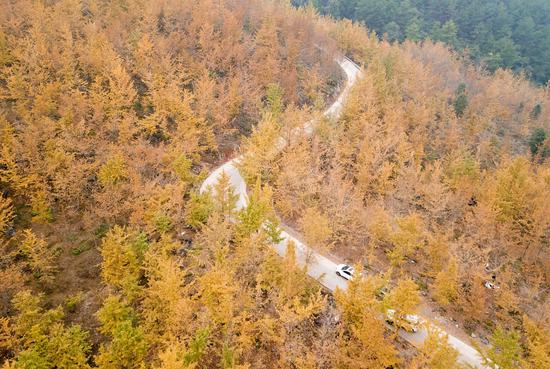


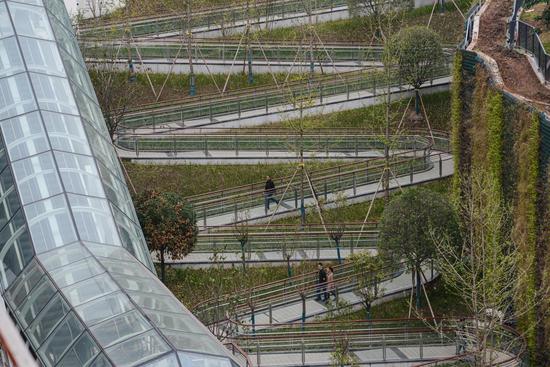






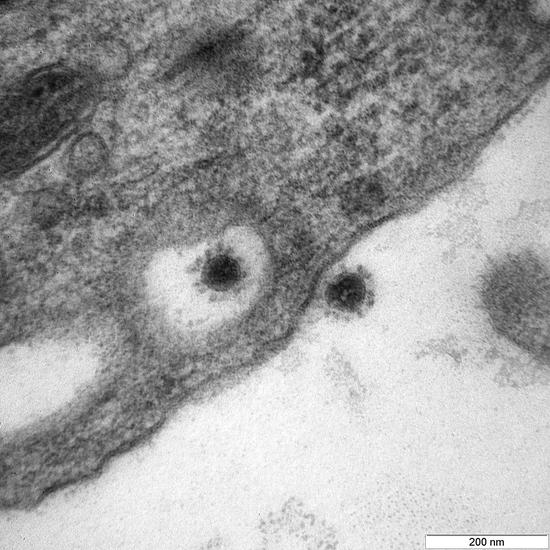




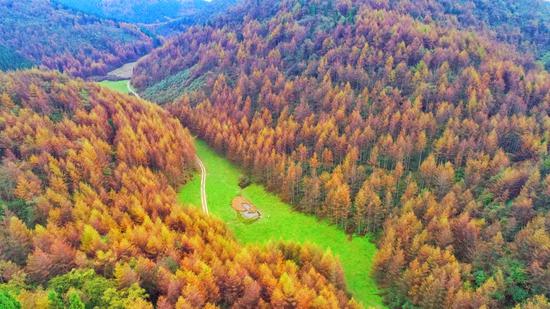

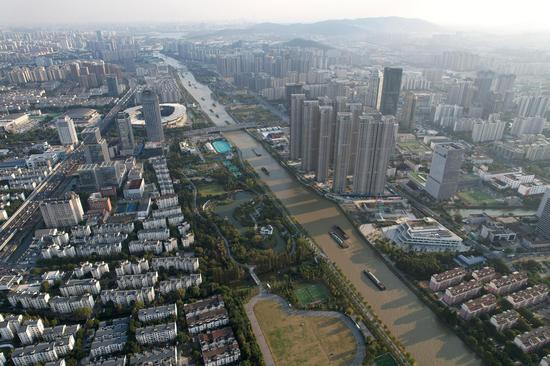

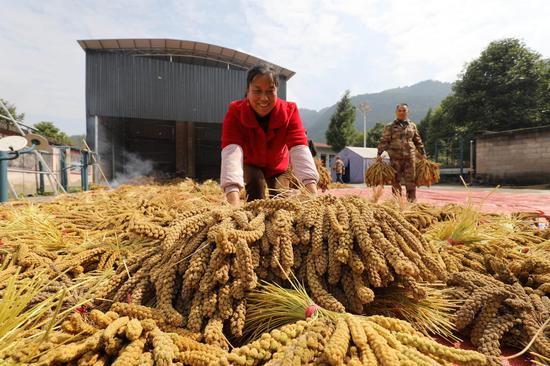
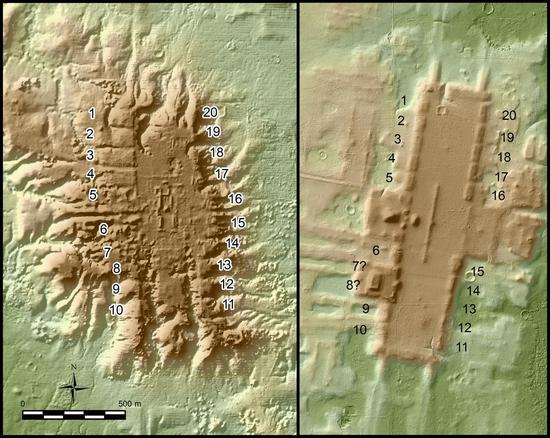






 京公网安备 11010202009201号
京公网安备 11010202009201号